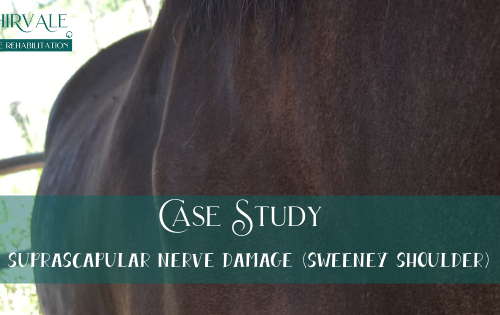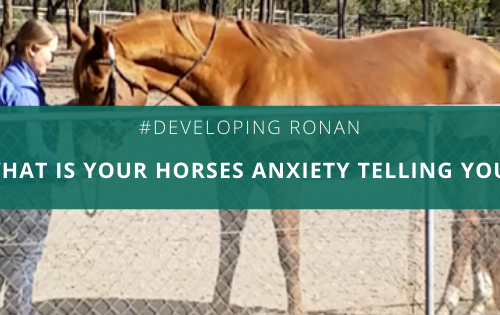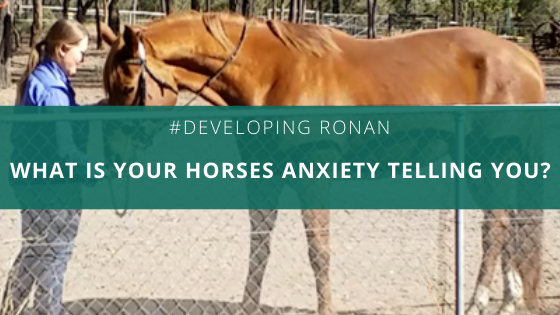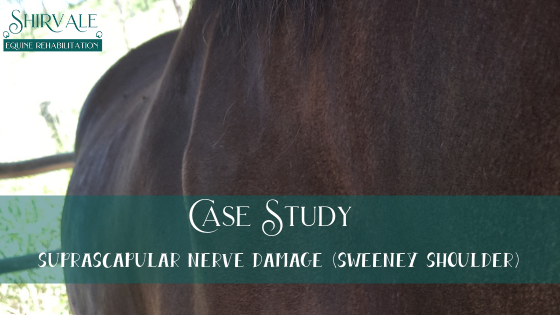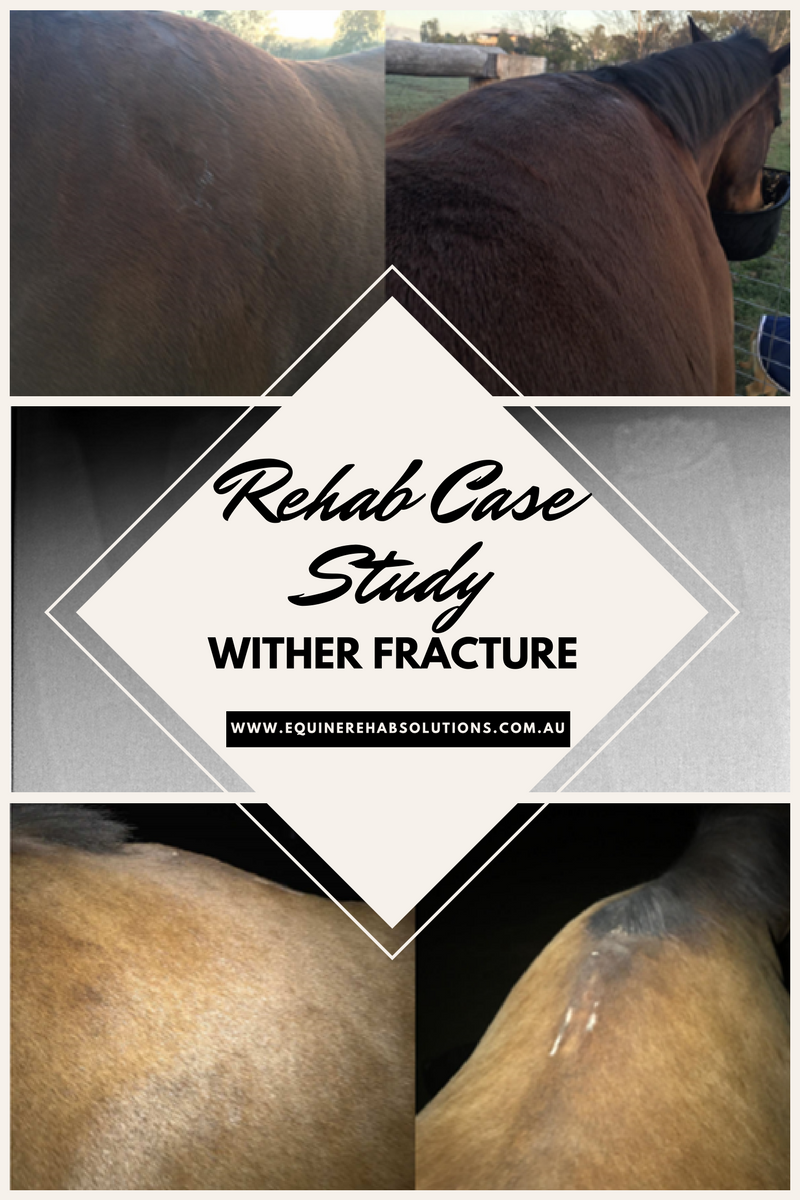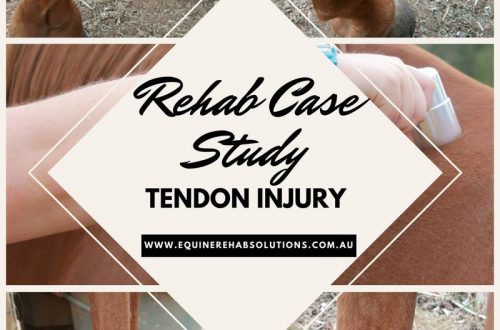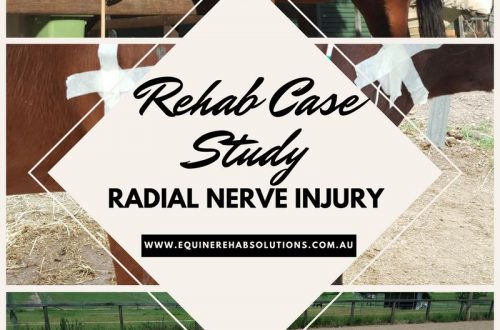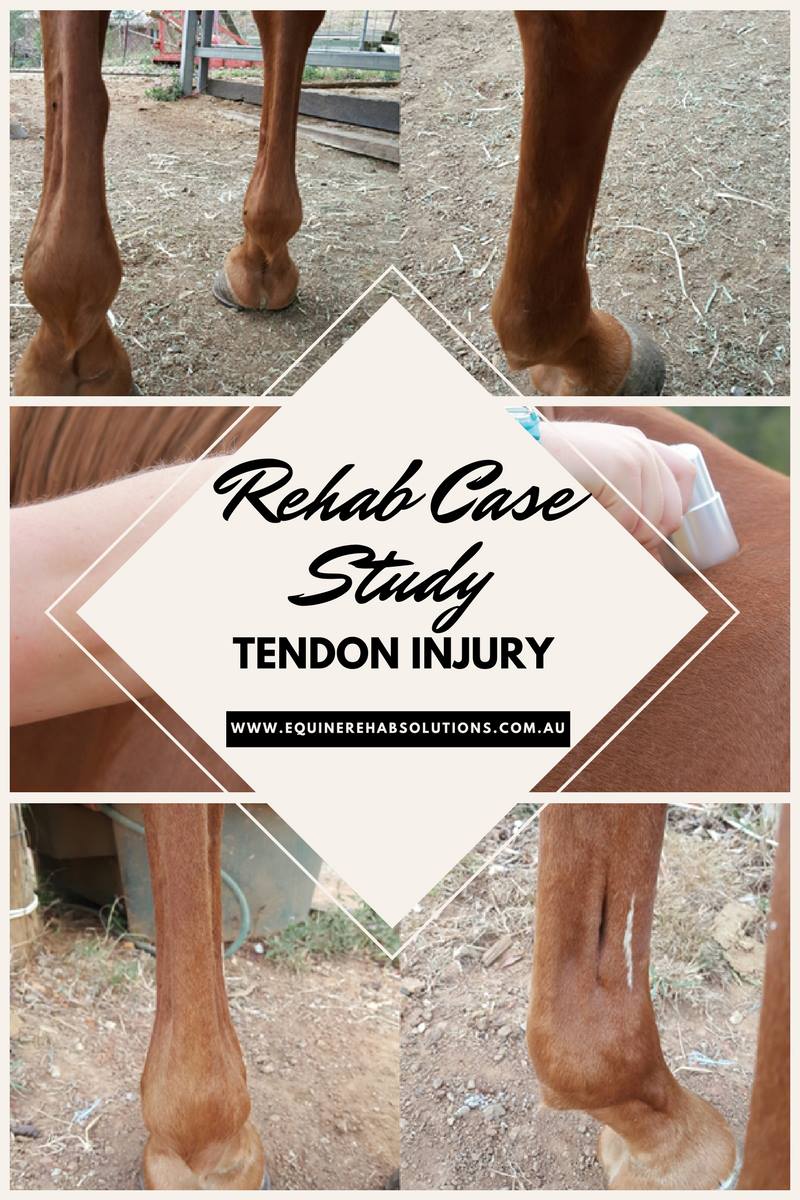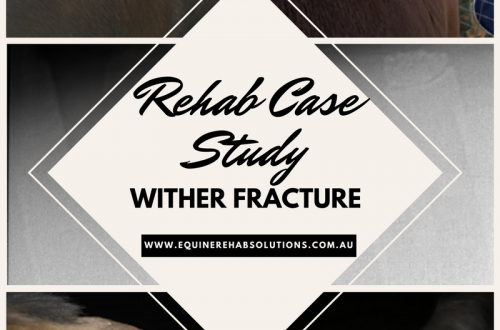-
Forms
-
A weekend musing
? How we hold ourselves and move our bodies, influences how our horses do the same. As I play more and more with in hand and liberty work with Ronan, I have been reminded again how intune horses are to us. They read the most subtle of body/postural changes, some that I daresay we are not even aware that we do! What excites me most, is that once we become aware of this dialogue with our beautiful horses, it opens us to amazing possibilities of helping them find their most proud and functional postures – and in doing so, helps us do the same. Next time you are out with…
-
What is your horses anxiety telling you?
Working with Ronan today gave me a lot to think about. It was our first in hand work session since his fall 4 weeks ago (which later diagnostics led us to discover his was born with a slight “step down” of C5/6 causing mild spinal cord compression). He was straight away unsettled, curling behind the bit, collapsing through his thoracic sling and over-reacting to every single aid I gave. Now, once upon a time, I would have just become firmer with him and told him to get over it and “pay attention to me”. Instead, I took a few deep breaths, and just tuned into him, to be guided to…
-
Case Study – Sweeney Shoulder
5yo gelding Veterinary Diagnosis Trauma to the suprascapular nerve aka “Sweeney Shoulder” Presented with 5/5 lameness right fore, with subluxation of his right shoulder joint occurring. What is Sweeney Shoulder? When trauma occurs to the suprascapular nerve, innervation to the infraspinatus and supraspinatus muscles of the shoulder becomes compromised. Due to the compromised innervation, these two muscles begin to atrophy – this atrophy is what is commonly termed “Sweeney Shoulder”. The supraspinatus muscle provides lateral support to the shoulder joint as well as playing a role in shoulder joint extension. The infraspinastus muscle acts like a lateral collateral ligament to the shoulder joint as well assisting in shoulder joint flexion.…
-
Indemnity Form
For coaching clients, please complete the below form and email through or have for Jacinda at your first lesson. Indemnity Form
-
Nerve Regeneration Process
The nerve will sprout regenerating nerve units that try to grow down the nerve to ‘reconnect’. This growth occurs at 1inch per month. If it makes a correct connection then recovery of muscle function and skin sensation will occur. However if they do not make a correct connection then recover will unfortunately not occur.
-
Fracture repair process
The gap between the two bone ends fills with a blood clot (Hematoma formation) Fibrous tissue begins to fill this gap as well as new blood vessel formation and spongy bone trabeculae. Osteoblasts then migrate to the area and begin to mineralise the fracture site. Bone remodelling continues until it reaches its full strength approximately 2 to 6 months post injury depending on how the above healing stages have progressed, the site of fracture and stability.
-
Soft tissue and wound repair process
Bleeding Phase (4-6hrs) – Bleeding occurs directly after the injury/trauma occurs. The amount of bleeding is dependent on the area of injury (if it is an area that is highly vascular or not e.g. muscle injuries will have more bleeding than ligament injuries). Bleeding typically stops approximately 4 to 6 hours after the time of injury. Inflammatory Phase (6hrs to 3 days) – Two major responses occur during this phase: a vascular response and cellular response. The vascular response stimulates vasodilation and vasopermeability. The cellular response involves the emigration of phagocytes, monocytes (which become macrophages), lymphocytes, esoinophils and basophils this combined with a chemical response ensures that tissue debridement, fibrin…
-
CASE STUDY: Wither Fracture
9 y.o TB gelding. Injury: fractured dorsal spinous processes of upper thoracic vertebra (withers). Presented with abnormal swelling around his wither, and having trouble moving his neck. Date Diagnosed: 20th August 2016 Was then confined to a yard with feed and water raised to approximately chest height as he could not lower his neck at this point in time. Rehab sessions with E.P.R.S were commenced on 25th of August and were completed weekly for 3 months. Follow up x-rays were taken on the 14th of November, with the fractures almost completely remodelled and re-alignment of the dorsal spinous processes. Comparison images …
-
CASE STUDY – Tendon injury
18 y.o TB mare semi-retired. Injury: lesion in the Deep Digital Flexor tendon of her left fore limb. Presented with swelling on medial aspect of left fore and 4/5 lameness at the trot. The following program was followed: Week One and Two: 3 rehab sessions a week with E.P.R.S Week Three – Six: 2 rehab sessions a week with E.P.R.S Re-assessed 8 weeks post injury, no swelling present, no lameness, small palpable lump of scar tissue. 2 weeks later this lump of scar tissue was no longer palpable. Throughout the entire rehabilitation process Lady was not confined, but instead allowed to move as much as she wanted to prevent new…
